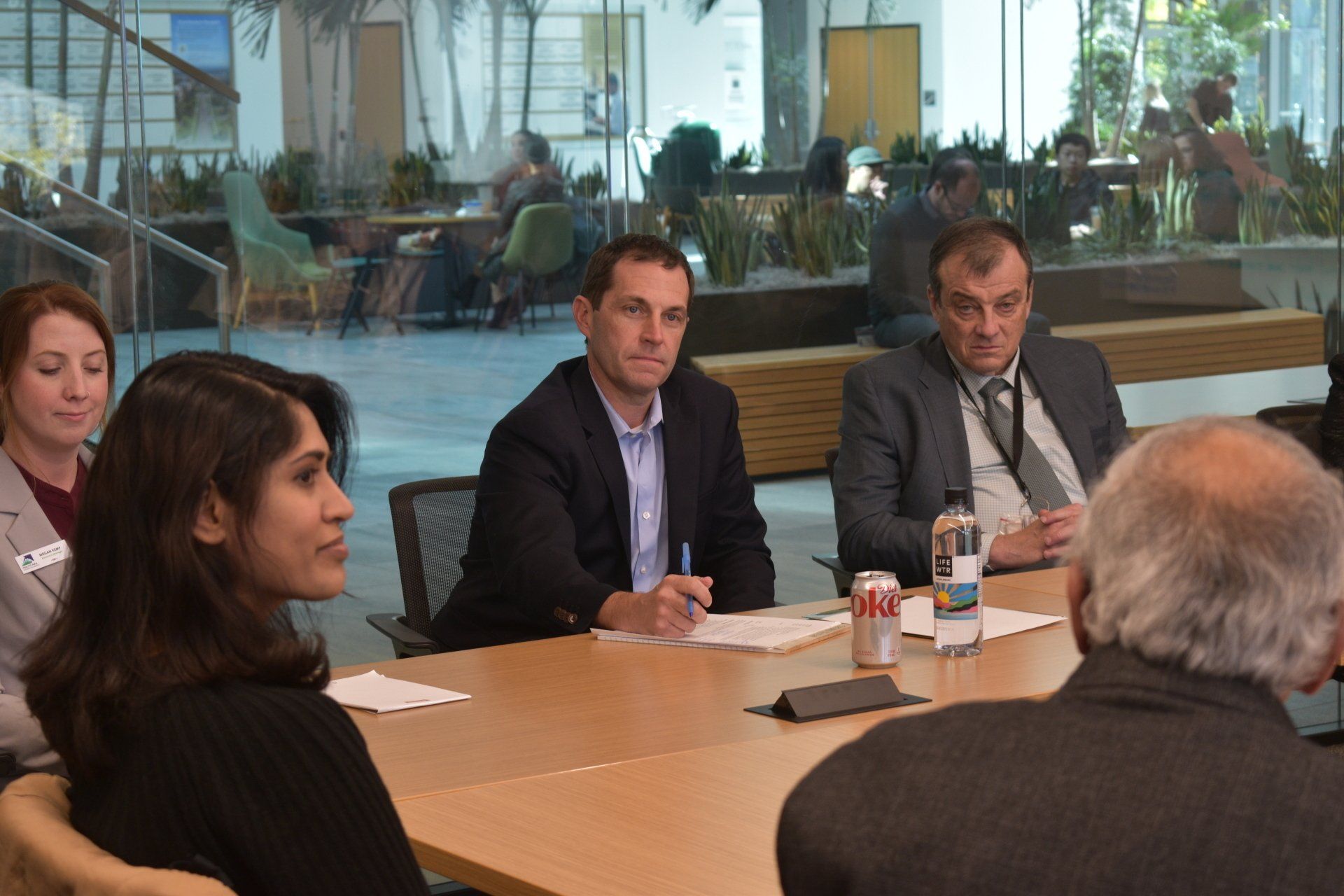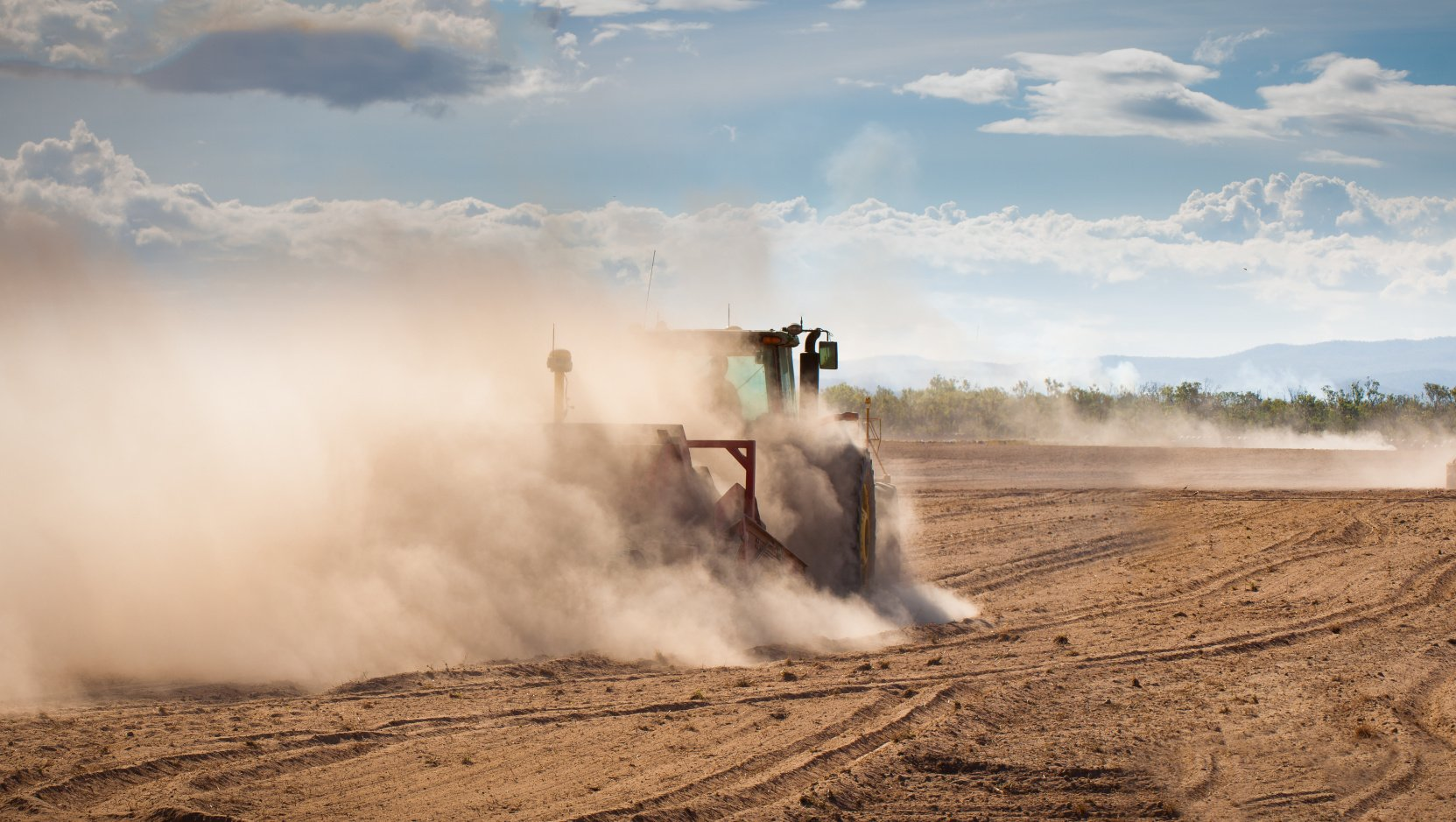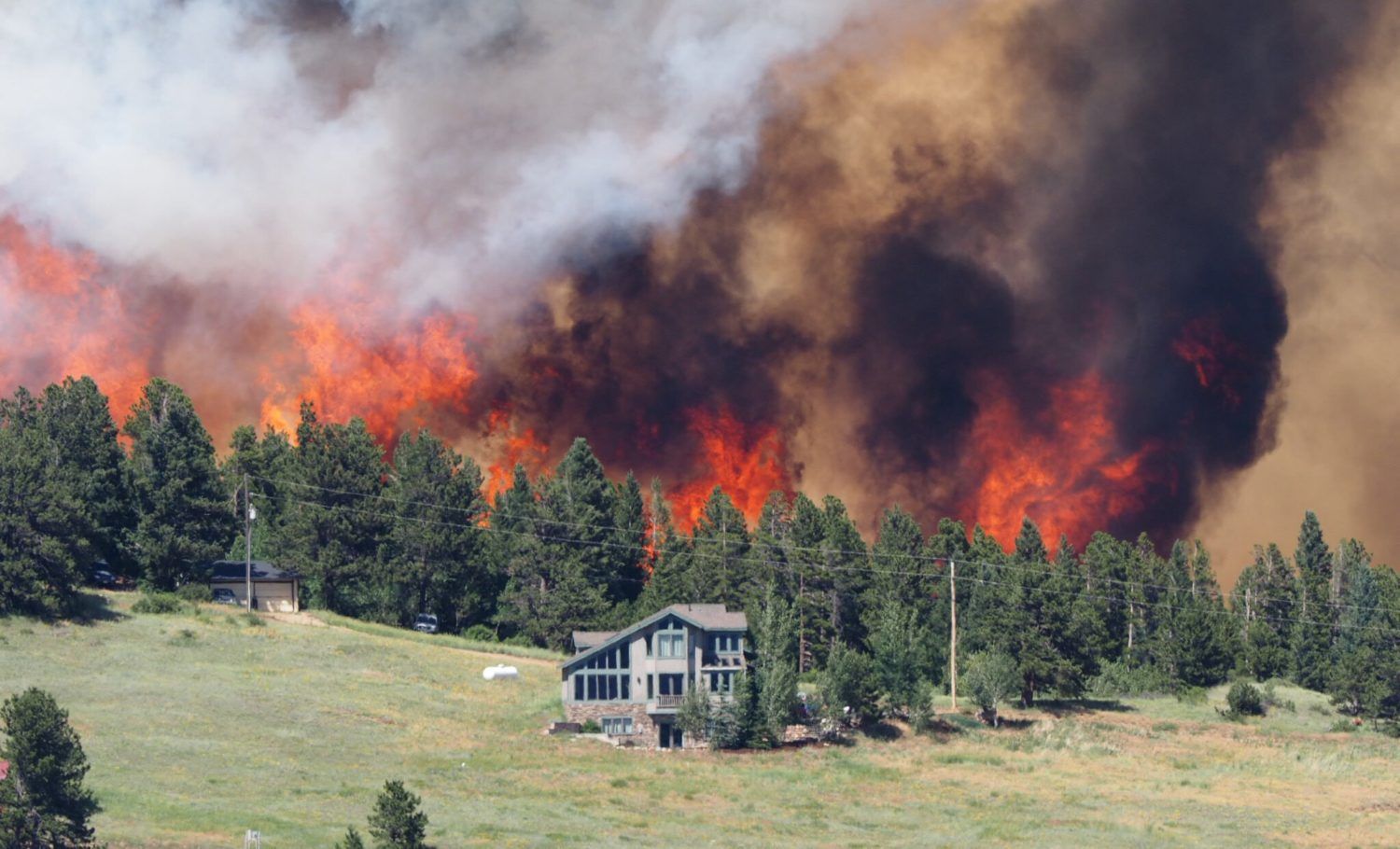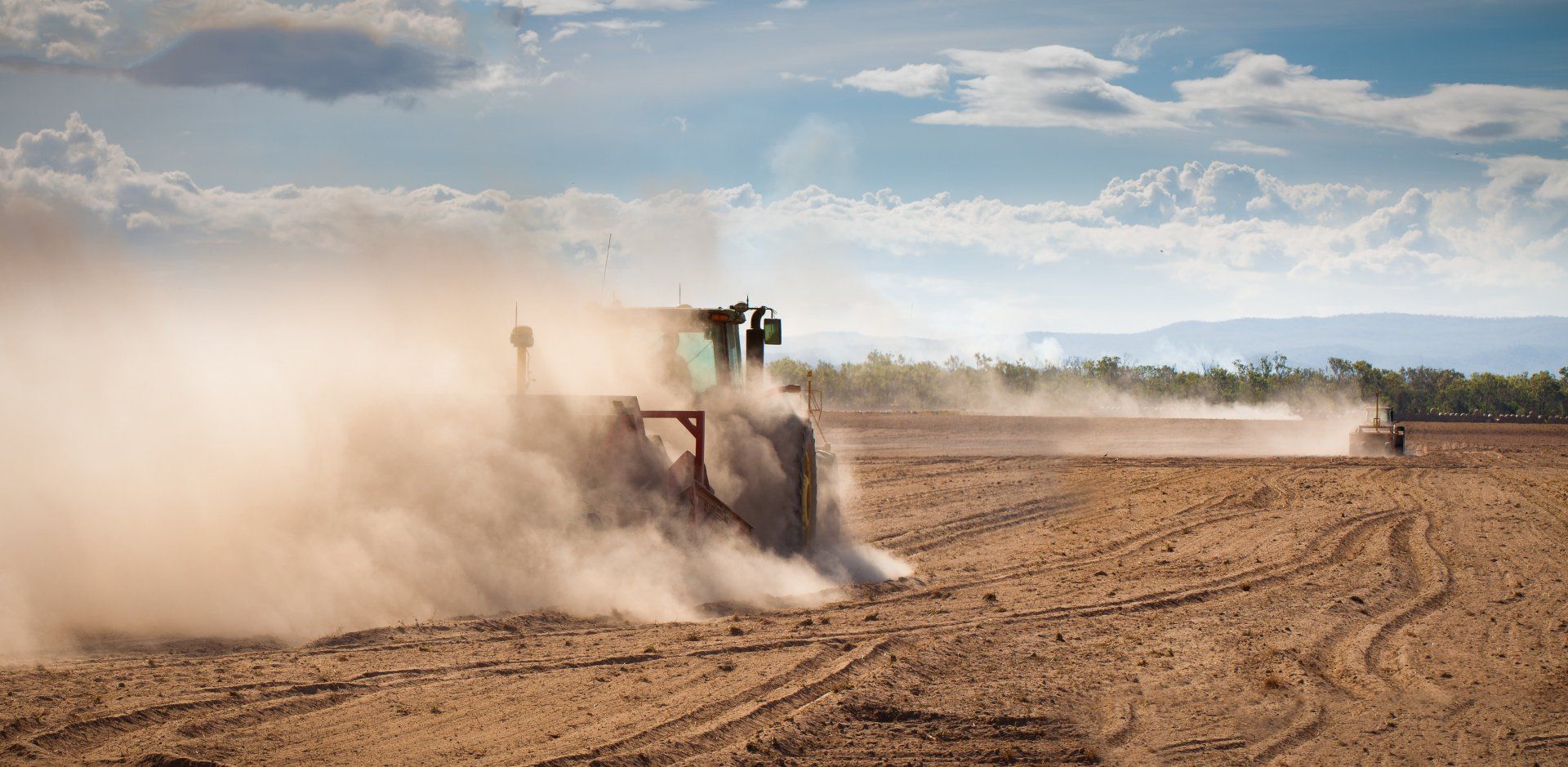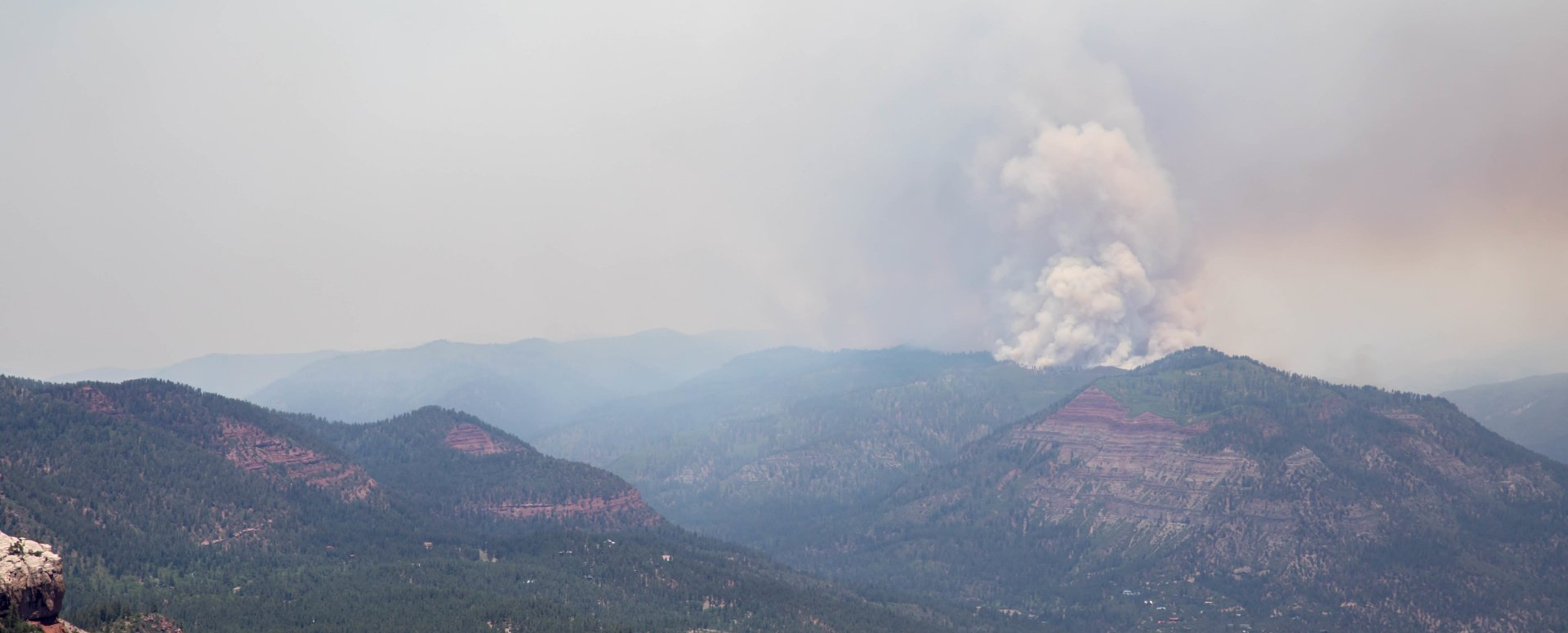Learn More
MEDIA
List of Services
-
Protecting public health should be nonpartisan
Dr. Sara Carpenter highlights the public health impacts of potential rollbacks of environmental protections at the federal level and what we're doing to address climate change in Colorado.
-
Will labels warning of climate risks on Colorado gas pumps be effective?
Dr. Clare Burchenal wrote to The Denver Post about why HAWC is supporting House Bill 25-1277 to require public health labels on fuel products.
-
Colorado is tackling air pollution in vulnerable neighborhoods by regulating 5 air toxics
Dr. Logan Harper shares a patient story to demonstrate why strong air toxics standards are important to protect public health in The Conversation.
-
HAWC column: Public health can benefit from Colorado leadership on methane reductions
HAWC Advocate Dr. Maria Chansky shares why state action on methane reductions from oil and gas is imperative to protect public health in the Post Independent.
-
Press Release: Colorado Takes Important Step in Cutting Methane Pollution, But More Action is Needed
Healthy Air & Water Colorado and coalition partners commended new regulations to curb emissions from oil and gas, protect public health.
-
New cumulative impacts rules fall short of meaningful protections for Coloradans’ health
Dr. Allison Post, family physician, explores the shortcomings of the rules from the Energy & Carbon Management Commission to address the cumulative impacts of the oil and gas industry on public health and the environment.
-
PRESS RELEASE: Impacts of extreme heat
HAWC and RMI Release Pivotal Study on Policies to Protect Coloradans from Extreme Heat
-
PRESS RELEASE: HB24-1352
Colorado introduces bill to expand access to affordable cooling, lower energy costs, and slash emissions from homes
HB24-1352 would convert air conditioning sales to two-way electric heat pumps by 2027.
-
OPINION | Regulating air polluters benefits all our health
Dr. Laura Harmacek and Dr. Brian O'Connor talk about the health risks of toxic air pollution and why Colorado needs health based standards to regulate health harming emisisons.
-
Opinion: How to protect local communities from wildfires
Rep. Lisa Cutter and Rep. Mark Snyder talk about their bill (HB22-1011) that would provide state match funding to local governments that invest in longterm mitigation efforts to protect Colorado communities from wildfire damage.
-
OPINION: Colorado should act now to reduce greenhouse gas emissions
Sheela Mahnke, a Thornton pediatrician, asks the question "How do you know it’s summer in Colorado? Sadly, it’s not just because of the beauty of the hikes you might be taking or the wonderful camping experiences you might be having. Often, it’s because our highways, news outlets, and social media feeds are filled with ozone warnings asking us to limit our outdoor activity."
-
Opinion: Colorado must protect and support communities hurt by pollution
Ashley Anderson is a registered nurse in Denver concerned about communities struggling with the impacts of Colorado's worst polluters.
-
Environmental groups intervene in Colorado air-quality lawsuits
The Environmental Defense Fund and Healthy Air & Water Colorado filed motions to intervene in lawsuits that aim to undo methane and ozone pollution regulations that were adopted in December.
The measures were approved unanimously by the Colorado Air Quality Control Commission.
-
Coordinated, federal action needed to save frontline health-care workers
Health care workers are woefully short on personal protective equipment (PPE) – the gear we require to keep ourselves, our patients and our communities safe and alive. The United States now has the highest number of confirmed COVID-19 cases in the world, more than 247,000, even before widespread national testing. This is a public health emergency.
-
OPINION | A new voice for safeguarding our climate and our healthList Item 1
Unclean air, extreme temperatures, wildfires and diseases transmitted by mosquitoes and ticks are all things that threaten our health. These are just some of the risks that have been elevated by our changing climate here in Colorado.
-
We need more stringent emission standards to improve air quality for medically vulnerable
Climate change is a medical issue and it is creating a public health emergency. We need our decision-makers and leaders to act now. Most immediately, the Colorado Air Quality Control Commission should adopt a strong Zero Emission Vehicle program — a critical step to reducing harmful carbon-dioxide emissions and protecting public health.
-
PRESS RELEASE: Healthy Air & Water Colorado launches to address health threats associated with climate change
“Climate change is not just a future problem that impacts polar bears on a distant iceberg. Our changing climate, along with the air pollution that catalyzes this change, makes people here in Colorado sick right now,” Kingsbury said.
WHAT'S AT STAKE
MORE RESOURCES
LEARN MORE
Ready to Get Involved?
LEARN MORE FROM EXPERTS
Healthy Air & Water Colorado Blog
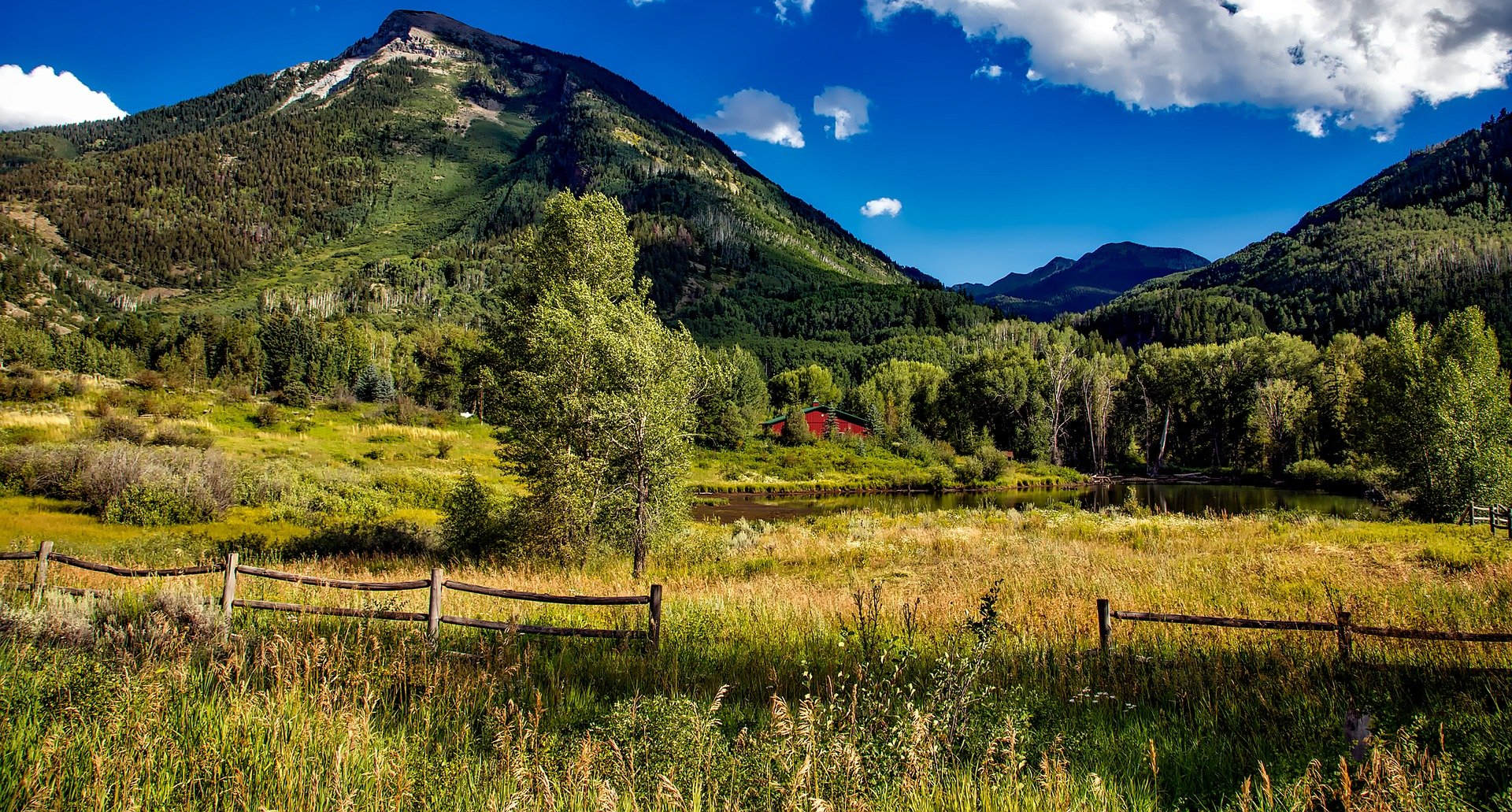
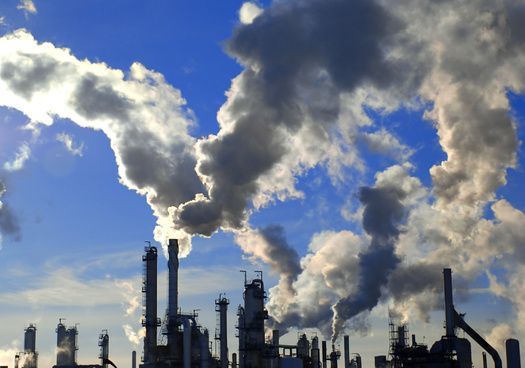
Press Release: Colorado Takes Important Step in Cutting Methane Pollution, But More Action is Needed

